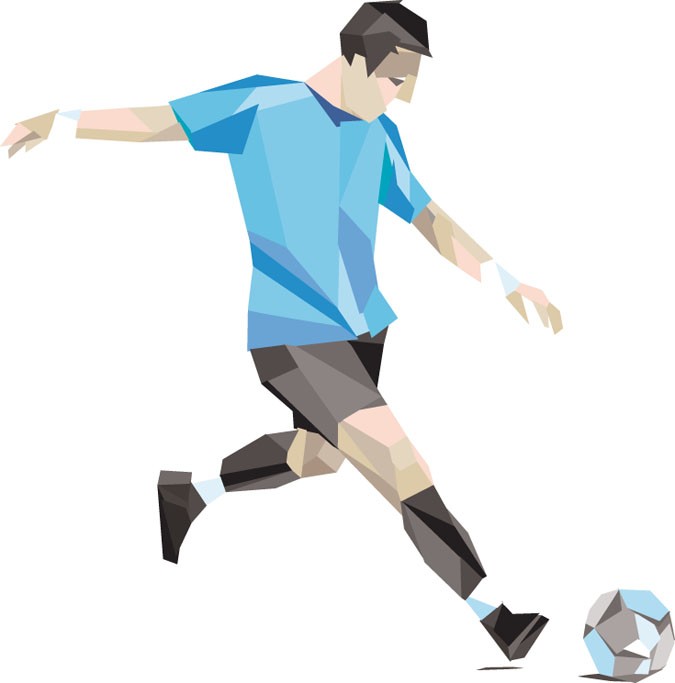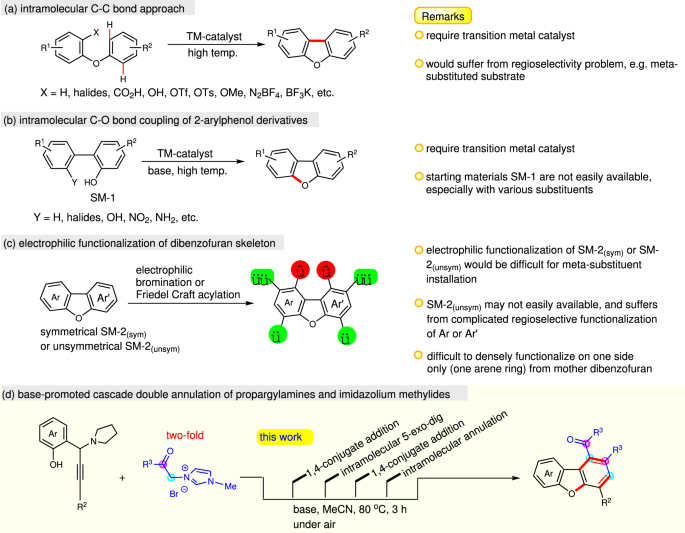
- Select a language for the TTS:
- UK English Female
- UK English Male
- US English Female
- US English Male
- Australian Female
- Australian Male
- Language selected: (auto detect) - EN
Play all audios:
It’s a mistake to wait until these declines in physical fitness set in. After all, these fitness factors affect not only your general level of functionality but also your overall health: In
a practical sense, your gait speed, for example, may determine whether you can cross the street safely before the light turns red. But it's more than that, too. “Gait speed is now being
called the sixth vital sign,” Hall says. “It’s the strongest predictor of hospitalizations, as well as a person’s risk for developing chronic diseases, disabilities and cognitive decline.”
That’s why it’s smart to look at building and maintaining physical fitness in a way that's similar to how you might amass savings for retirement. “You get the greatest returns on your
investment the earlier you start,” Bryant says. “But the beauty is: It’s never too late to start. All these systems respond to the right dose of stress in the form of physical activity and
exercise.” Participating in regular physical activity can modify all of these age-related declines in muscle strength, balance, mobility, agility and endurance considerably. “As much as 50
percent of these age-related deficits can be attributed to our lifestyles,” Bryant says. That means you have the power to profoundly influence how or whether these fitness parameters change
as you get older. THE POWER OF A PLAN To minimize or delay such declines, you’ll want to follow a well-rounded exercise program that targets endurance, strength, balance, and agility. In
every decade, it’s important to start with aerobic exercise — whether it’s walking briskly, jogging, bicycling, swimming, dancing, using a cardio machine (like an elliptical trainer) —
several times per week, for at least 150 minutes of moderate intensity per week. (A good gauge of what's moderate intensity, Bryant says, is being able to talk, but not sing, while
you're working out.) Staying aerobically active is especially important, as you get older, because “losses in cardiovascular fitness occur more rapidly than losses in muscle strength,”
notes Fabio Comana, a faculty instructor at the National Academy of Sports Medicine. Beyond that aerobic baseline, here's what to add in by age.









